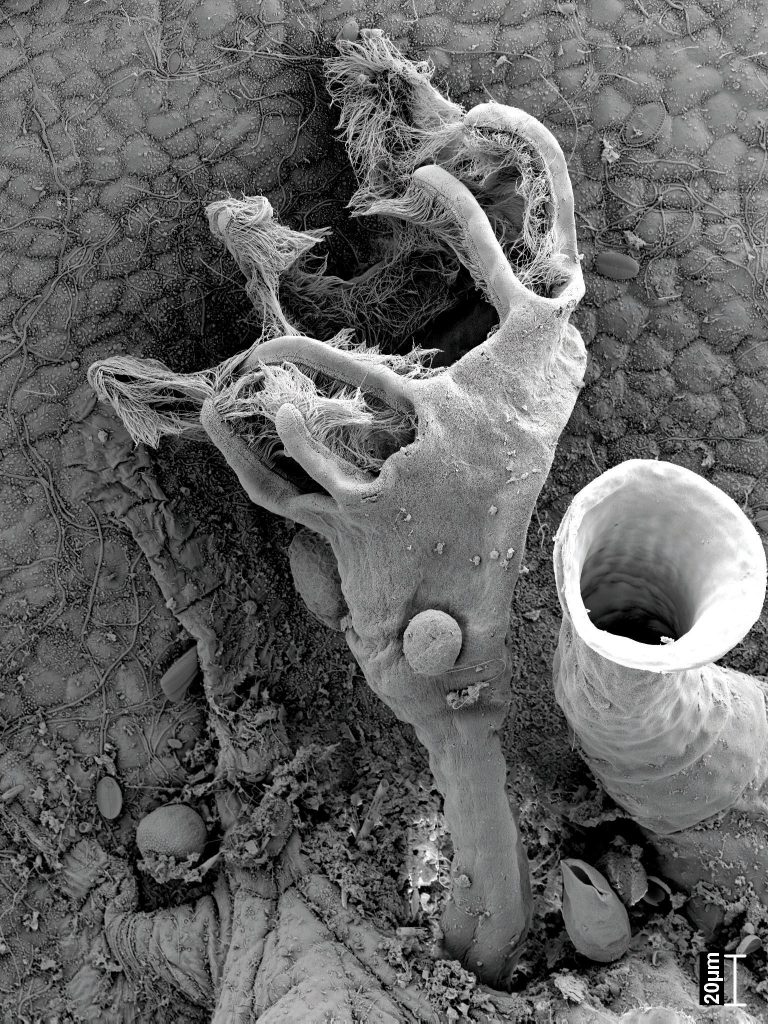
A scanning electron microscopy image of a Kamptozoa, a small aquatic invertebrate. Credit: Dr. Natalia Shunatova. Credit: Dr. Natalia Shunatova
Research suggests that the Kamptozoa and Bryozoa phyla split sooner than previously believed.
Kamptozoa and Bryozoa are two phyla of small aquatic invertebrates. They are related to snails and clams (mollusks), bristle worms, earthworms, and leeches (annelids), as well as ribbon worms (nemertea). Evolutionary biologists have long been baffled by their exact place on the tree of life and how closely linked these other species are to them. Previous research regularly shifted their place around.
Furthermore, despite the fact that Kamptozoa and Bryozoa were once thought to belong in one group, they were later separated due to their appearance and anatomy. Now, researchers from the Okinawa Institute of Science and Technology Graduate University (OIST), working with associates from St. Petersburg University and Tsukuba University, have demonstrated that the two phyla split from mollusks and worms earlier than previous studies had suggested, and thus they do in fact form a distinct group. This discovery was made possible by the use of cutting-edge sequencing technology and powerful computational analysis.
“We’ve shown that by using high-quality transcriptomic data we can answer a long-standing question to the best of our current techniques,” said Dr. Konstantin Khalturin, Staff Scientist in OIST’s Marine Genomics Unit and first author of the paper published in Science Advances.

Dr. Konstantin Khalturin and Professor Nori Satoh are two of the researchers involved in this study. Credit: OIST
A genome is the full set of genetic information found in every cell. It is subdivided into genes. These genes are made up of DNA base pairs and each gene contains the instructions needed to create a protein and thus leads to the proper care and maintenance of a cell. For the instructions to be carried out, the DNA must first be transcribed into RNA. A transcriptome is the result of this, like the reflection of a genome but written in RNA base pairs rather than DNA.
This genetic information differs among species. Those who are closely related have very similar genetic information, while a greater evolutionary distance results in more genetic differences. By using this data, researchers have improved our knowledge of animal evolution, but some questions still prove difficult to answer.
As Kamptozoa and Bryozoa are closely related to mollusks, annelids, and nemertea, small mistakes in the dataset, or missing data, can result in an incorrect placement on the evolutionary tree. Furthermore, while collecting these tiny animals, it’s easy to pick up other organisms, such as algae, that contaminate the sample. Dr. Khalturin highlighted that they were careful to avoid contamination and later screened their dataset for RNA of algae and small animals to remove any that might have come from them.
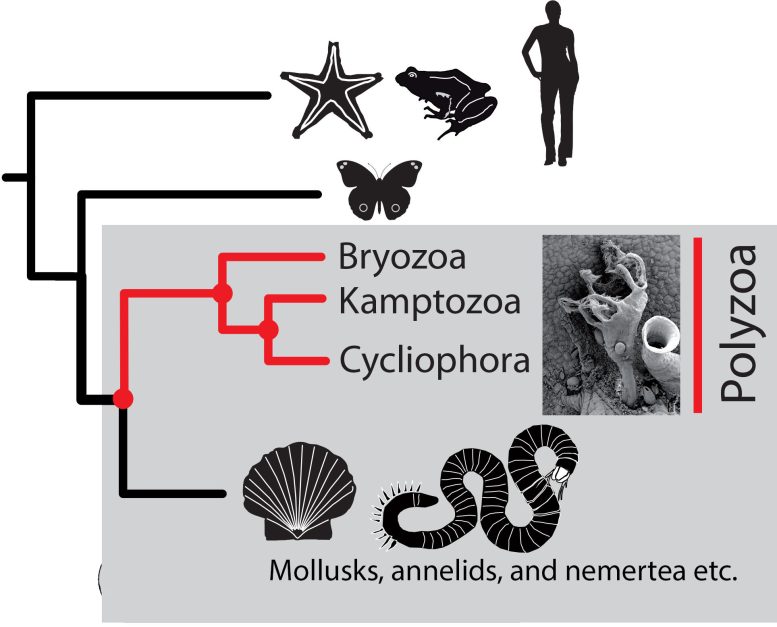
The evolutionary relationships of Kamptozoa and Bryozoa and their place on the tree of life have been revealed in this new study. The study found that they split from mollusks and worms earlier than expected and that they are part of a distinct group, called Polyzo. Credit: OIST
In total, the researchers sequenced the transcriptome of four species of Kamptozoa and two species of Bryozoa, but to a far higher quality level than had previously been achieved. While past datasets had completeness of 20-60%, in this study, the transcriptome completeness was over 96%.
Using these transcriptomes, they predicted proteins and compared them to similar data of 31 other species, some of which were closely related to Kamptozoa and Bryozoa, such as clams and bristle worms, and others that were more distant, such as frogs, starfish, insects, and jellyfish. The high-quality datasets meant that they could compare many different genes and proteins simultaneously. Dr. Khalturin credited the powerful computational capabilities that the researchers could access at OIST.
“Our main finding is that the two phyla belong together,” said Dr. Khalturin. “This result was originally proposed in the 19th century by biologists who were grouping animals based on what they looked like.”
While Dr. Khalturin stated that this question had now been answered to the best ability available, he also highlighted that the dataset could answer other fundamental evolutionary questions—such as the more precise location of mollusks and annelids on the tree of life, and how life diversified.
Reference: “Polyzoa is back: The effect of complete gene sets on the placement of Ectoprocta and Entoproc” by Konstantin Khalturin, Natalia Shunatova, Sergei Shchenkov, Yasunori Sasakura, Mayumi Kawamitsu and Noriyuki Satoh, 1 July 2022, Science Advances.
DOI: 10.1126/sciadv.abo4400

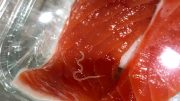
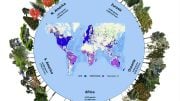


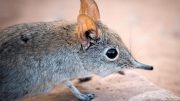
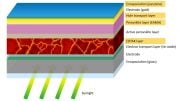


When are Humans going to do Sculpturing of selected animals’ Genomes. (For the present, need not mix them up later on with the main group); GENETICISTS should start such work on a mass scale ASAP. Otherwise, people spend such funds on useless affairs. Find secret of Size of
Elephant..Transfer it to Rabbit. Find Secret of Tail of Spider Monkey. Transfer it to Langhurs. Find secret of size of Whale and transfer it to Salmon. One day, all this knowledge will add up and help Humans immensely to treat pathological conditions.